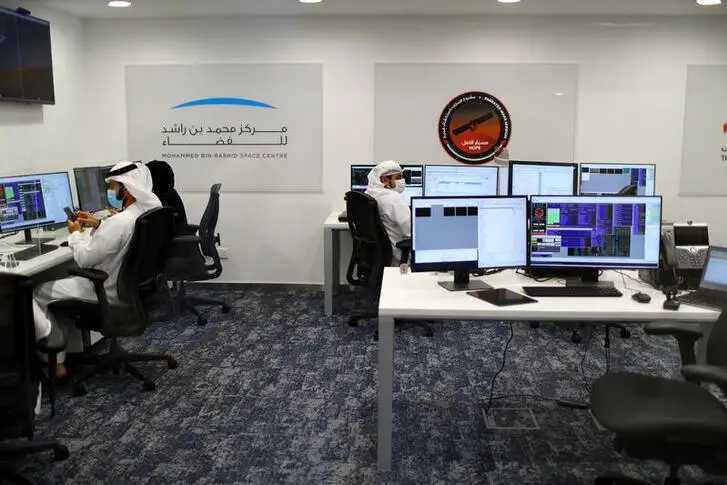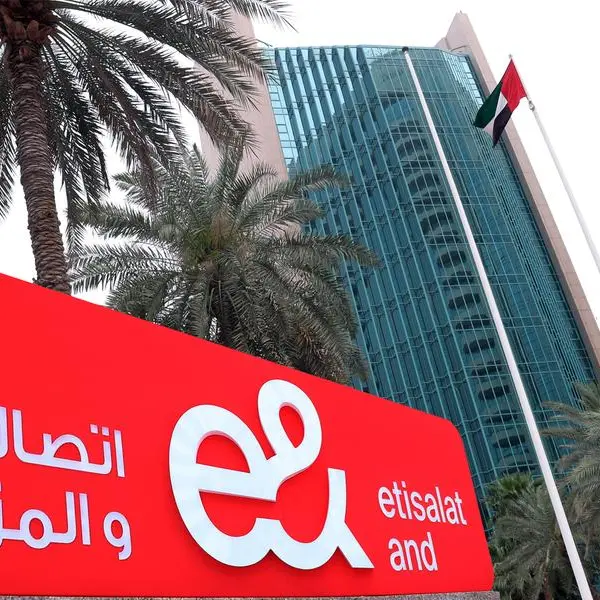PHOTO
Hope Probe — the Arab world’s first interplanetary mission has been orbiting Mars for three years now, providing a complete picture of the Martian atmosphere and its layers. Around 2.9 terabytes of atmospheric data have been collected and shared freely with the global scientific community, giving them fresh insights into the global map of the Red Planet.
Hope Probe was launched from Japan’s Tanegashima Space Centre at 1.58am (UAE time) on July 20, 2020. It entered Mars’ orbit seven months later, on February 9, 2021, to conduct its mission to provide a complete atmospheric map of Mars. But its mission was not solely focused on scientific or technological objectives, the spacecraft also became a symbol of hope (Al Amal in Arabic) for the region.
For Emirati scientists and leaders, this mission signified a fresh chapter for a region with a notable legacy in astronomy. “It was an indescribable feeling,” Sarah Al Amiri, Minister of State for Public Education and Future Technology and Chairwoman of the UAE Space Agency (erstwhile Minister of State for Advanced Technology and Deputy Project Manager and Science Lead of the UAE's Mars Mission of the Hope Probe) had said after the launch.
Since its arrival in orbit, Hope Probe or the Emirates Mars Mission (EMM) has made significant contributions to the scientific community, publishing 18 research papers in esteemed international journals.
Milestones
Let’s review the milestones of Hope Probe in the past three years. Recently, the eighth set of data from the Hope probe was unveiled, offering a comprehensive diurnal (daytime) coverage of Mars.
In April 2023, Hope Probe captured the clearest-ever image of Mars' moon Deimos. This image has not only offered scientists fresh insights into Deimos but also posed new questions and contradicted previous theories regarding its origin. Hope Probe conducted close flybys, reaching as close as 100 kilometres to Deimos. This marks the closest approach by any spacecraft to Mars' smaller moon since the Viking mission in 1977.
Taking to Twitter, His Highness Sheikh Mohammed bin Rashid Al Maktoum, Vice President and Prime Minister of the UAE and Ruler of Dubai, then tweeted: “Hope Probe has captured the clearest image of Mars' moon Deimos, which is 100km away, marking a global first. Previously, theories suggested that Deimos was an outer asteroid captured in Martian orbit. However, the Hope Probe's instruments and team have shown that the moon was once a part of Mars and separated from it millions of years ago, much like Earth's moon. We are proud of our young scientists, science and our contribution to the march of human knowledge.”
Also in April this year, Hope Probe released the seventh batch of data that can help the world understand the Red Planet's atmosphere.
Sinuous discrete aurora on Mars
Last year, EMM released data including observations from the Emirates Mars Ultraviolet Spectrometre (EMUS) that provided new type of proton aurora around Mars. It was a ‘mysterious and sinuous aurora’ or a worm-shaped dawn that crosses the middle of Mars. The Probe’s ultraviolet spectrometrE instrument successfully captured rare lights surrounding Mars, providing valuable insights for scientists to comprehend the interplay between the planet's magnetic fields, atmosphere, and solar radiation.
Unlike the Earth, which only experiences the aurora borealis, Mars has up to three distinct types of aurorae: protonated, diffuse, and discrete. Hope Probe’s unique elliptical orbit around Mars significantly enhances the likelihood of obtaining clear images of the auroras occurring on the planet's night side.
Hope Probe also made several key new observations of Martian atmospheric phenomena, including the elusive discrete aurora on Mars’ nightside, as well as remarkable concentrations of oxygen and carbon monoxide and never-before seen images of Martian dust storms as they billow across the planetary surface.
On September 15, 2021, the Emirates Exploration Imager (EXI) camera system onboard obtained a set of multispectral images of the fully illuminated hemisphere of Mars. The season was early winter in the southern hemisphere.
What’s next
Hope Probe is just the first step towards the UAE's ambitious goal of setting up a city on the Red Planet by 2117. The probe, designed and developed by engineers at Mohammed Bin Rashid Space Centre (MBRSC), has not only performed well across all areas but has exceeded its anticipated performance.
During its extended mission, EMM team will delve into the nuances, focusing on inter-annual differences and gathering further observations related to morning-to-evening variability in the atmosphere of Mars.
Copyright © 2022 Khaleej Times. All Rights Reserved. Provided by SyndiGate Media Inc. (Syndigate.info).





















